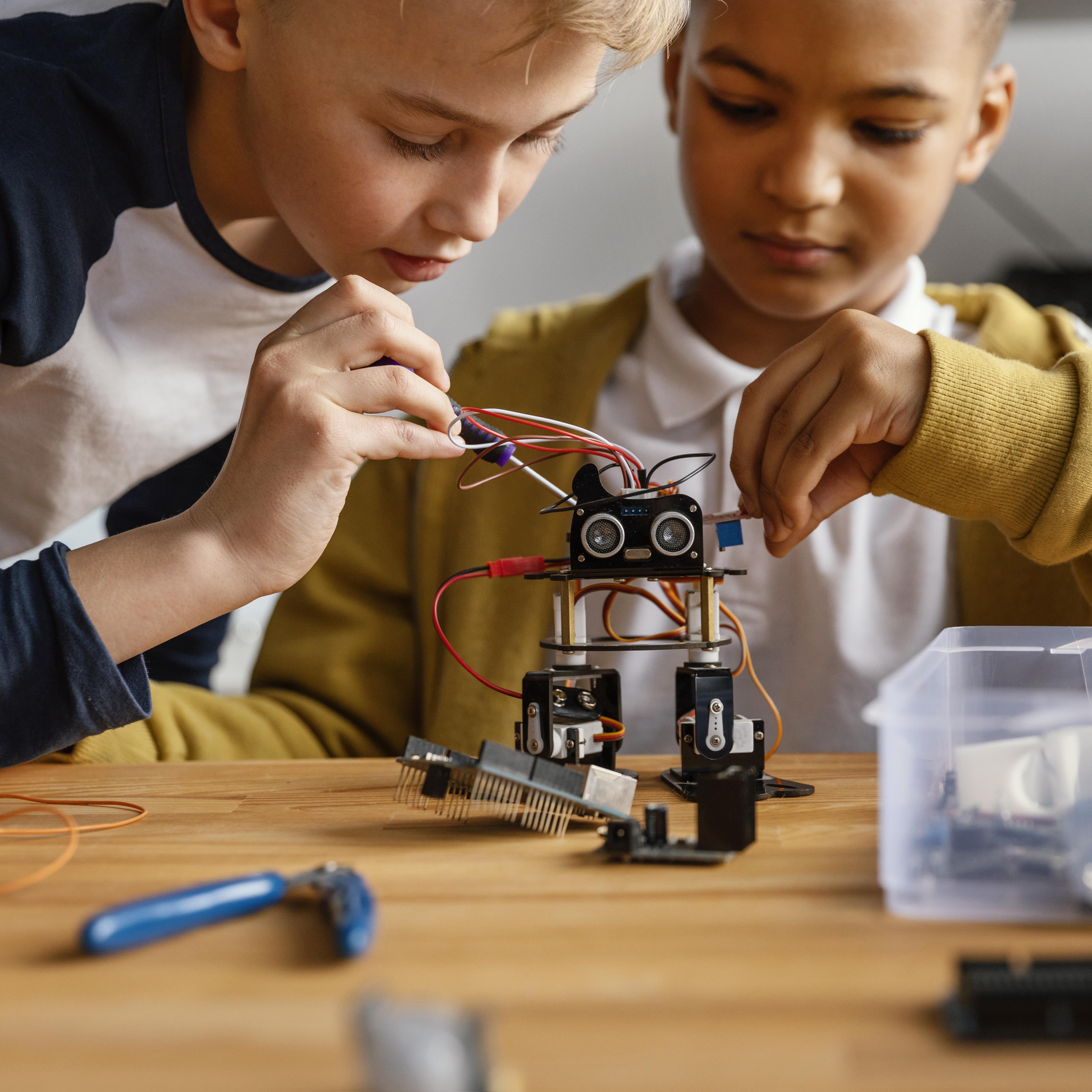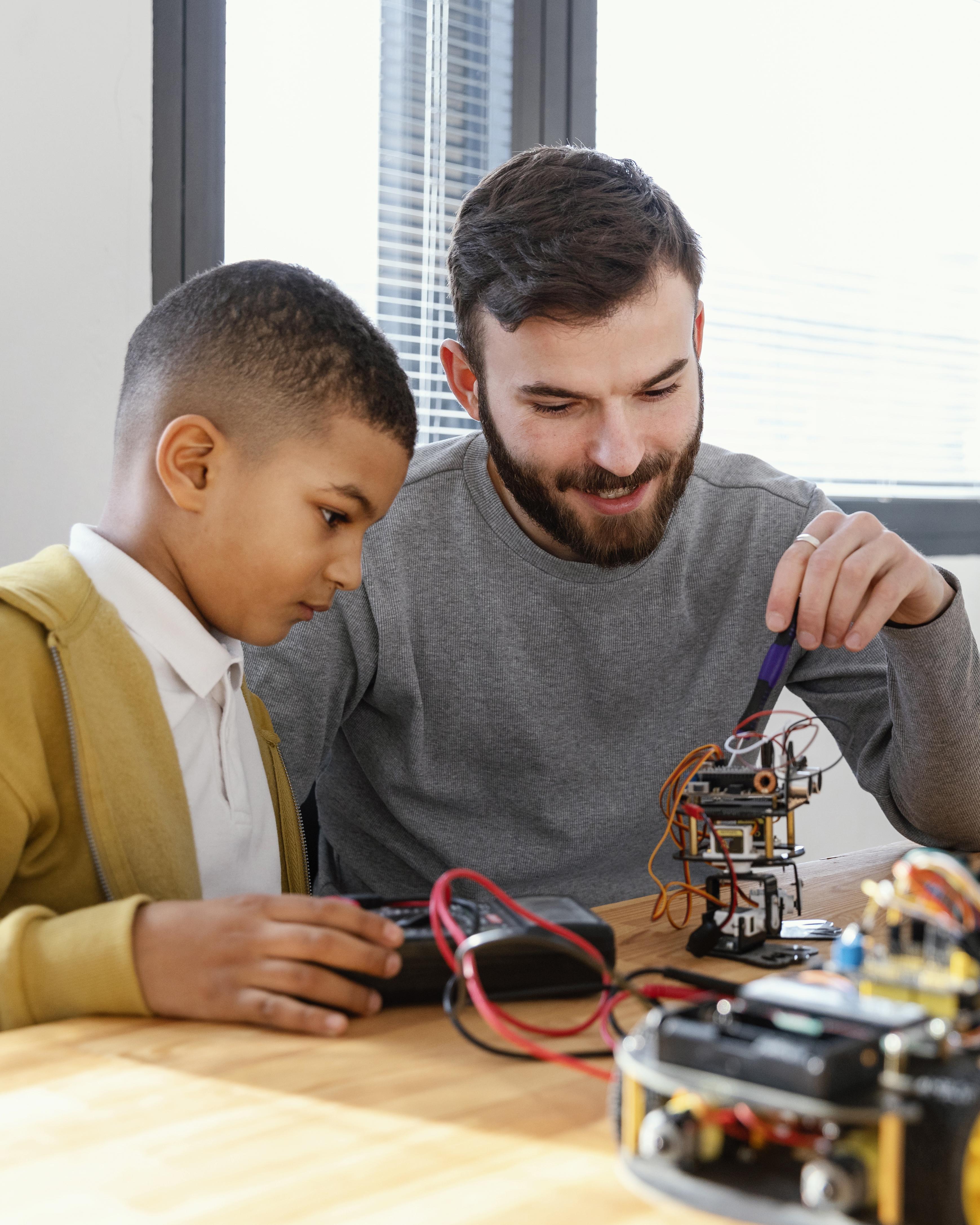The Power of Iteration in STEM Learning
2025-08-19
The Power of Iteration in STEM Learning

Many students feel pressure to get everything right on their first attempt. In STEM, however, progress typically occurs differently; it emerges from trial, error, and steady improvements along the way. This process is called iteration, and it’s one of the most important skills future engineers can build.
At Clubhouse Engineers, we see iteration not as “redoing,” but as refining. When a robot veers off course or code doesn’t run the way it should, that’s the moment learning really takes off. Students learn to troubleshoot, adjust, and keep building forward.
The Problem with “Perfect First Try” Thinking
Perfection assumes you get it right the first time; iteration embraces growth step by step.
When students feel pressured to succeed instantly, they stick to safe paths.
No risks. No experiments. No surprises.
That might check the boxes for a test, but it doesn’t prepare them for building something original or facing real-world challenges. In innovation, it’s not perfection that wins, it’s persistence through iteration.
How We Build Iteration into Learning

At Clubhouse Engineers, we design projects where iteration is expected and encouraged. Here’s how we make it part of every build:
1. Safe Space for Trial and Error
Students can test bold ideas without worrying about failure being “wrong.”
2. Debugging as Discovery
Troubleshooting isn’t a setback, it’s a chance to learn what really makes things work.
3. Multiple Versions, Each One Better
Projects don’t stop at version one. Each cycle brings sharper ideas and stronger results.
4. Reflection and Adjustment
We guide students to step back, review what happened, and think about how to improve.
What Iteration Looks Like in Action
A typical student project might start off wobbly, maybe the robot can’t turn or the bridge collapses too soon. That’s not failure; it’s the first step in the iteration cycle.
Here’s how it plays out:
- Build the first version
- Test and observe the results
- Make changes to fix or improve
- Repeat until the project shines
Each round of iteration turns frustration into progress.
Why Parents Should Value Iteration
When kids get used to iteration, they gain more than STEM skills. They:
- Develop persistence that carries into every challenge
- Strengthen their problem-solving abilities
- Build confidence by watching their projects improve
- Learn to see “not working yet” as part of success, not failure
Iteration builds habits that prepare them not just for projects, but for life.
Clubhouse Engineers: Learning That Builds Confidence
We’re a STEM enrichment center serving students aged 6–17 in the Greater Toronto Area. Our programs are designed to make iteration part of the journey, helping students grow their skills one version at a time.

